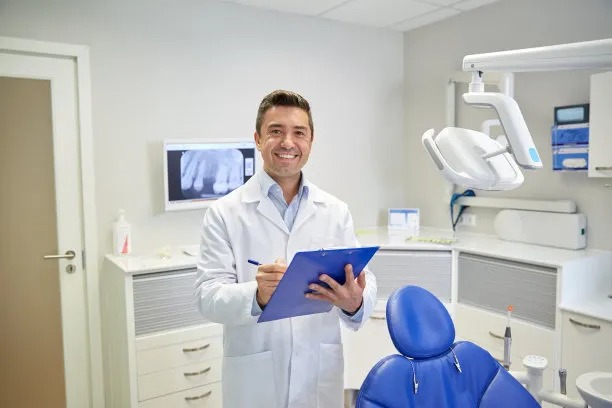The Essential Guide to Safely Extracting a Tooth and Ensuring Optimal Oral Health Recovery
Summary: Tooth extraction is often necessary when dental issues arise, but ensuring a safe procedure and optimal recovery is paramount for maintaining oral health. This article provides a comprehensive guide to safely extracting a tooth, detailing important steps to follow before, during, and after the extraction, including understanding when to seek professional assistance, preparing for the procedure, managing post-extraction care, and adopting lifestyle choices that promote healing. Each aspect is carefully discussed to equip readers with the knowledge needed for a smooth extraction and recovery experience, ultimately leading to better oral health outcomes.
1. Understanding When to Extract a Tooth

Tooth extraction becomes necessary for various reasons, including severe decay, infection, or overcrowding. Recognizing the symptoms that indicate a tooth may need to be removed is essential for timely intervention. Pain, swelling, and sensitivity are common signs that there may be a problem with a tooth.
Consulting with a dentist is vital in determining the appropriate course of action. The dentist evaluates the severity of the condition through dental examinations and X-rays to confirm that extraction is necessary. Its important not to delay this consultation as it can lead to more extensive dental issues later.
Additionally, understanding the implications of elective extractions, such as for orthodontic treatment, can help patients make informed decisions about their oral health. Knowledge of potential risks and benefits associated with extraction can aid in preparing for the procedure mentally and physically.
2. Preparing for the Tooth Extraction Procedure
Preparation for a tooth extraction can greatly influence the overall experience and outcome of the procedure. First and foremost, patients should discuss their medical history with their dentist. This includes any medications currently being taken, allergies, and previous dental experiences.
Patients are often advised to avoid certain medications, particularly blood thinners, in the days leading up to the extraction. Dietary considerations are also essential; patients should refrain from eating or drinking for several hours prior to their appointment if sedation is involved.
Moreover, understanding the type of anesthesia that will be used—whether local or general—is crucial. Knowing what to expect can help alleviate anxiety, enabling patients to feel more at ease during the procedure.
3. Post-Extraction Care for Optimal Recovery
The recovery phase following a tooth extraction is where proper care becomes crucial. Initially, biting down on gauze pads for about 30 minutes helps control bleeding. Patients are advised to keep their head elevated to minimize swelling and discomfort.
Managing pain post-extraction is often necessary, and over-the-counter medications are commonly recommended. Ice packs can also be applied to the external area of the jaw for the first 24 hours to reduce swelling effectively.
Patients should also adhere to dietary guidelines during the recovery phase. Starting with soft foods and gradually reintroducing regular foods is essential to ensure no complications arise. Furthermore, maintaining proper oral hygiene is critical, yet patients should avoid vigorous rinsing for the first 24 hours to allow for healing.
4. Maintaining Long-Term Oral Health After Extraction
Post-extraction, maintaining good oral health is vital for preventing future dental issues. Regular dental check-ups and cleanings should continue as usual, allowing dental professionals to monitor healing and overall oral health.
Incorporating a balanced diet rich in vitamins and minerals can support healing and strengthen remaining teeth. Foods high in calcium and vitamin D are particularly beneficial for bone health.
Lastly, patients should refrain from tobacco use, as smoking can significantly hinder the healing process and increase the risk of complications such as dry socket, an extremely painful condition. Understanding the importance of these practices ensures that the patient remains proactive in preserving their oral health.
Summary:
Tooth extraction is a common dental procedure that requires both thorough understanding and careful preparation for a successful experience. By recognizing the need for extraction, preparing adequately, managing post-procedure care, and maintaining oral health thereafter, patients can minimize complications and promote optimal recovery.
This article is compiled by Vickong Dental and the content is for reference only.



